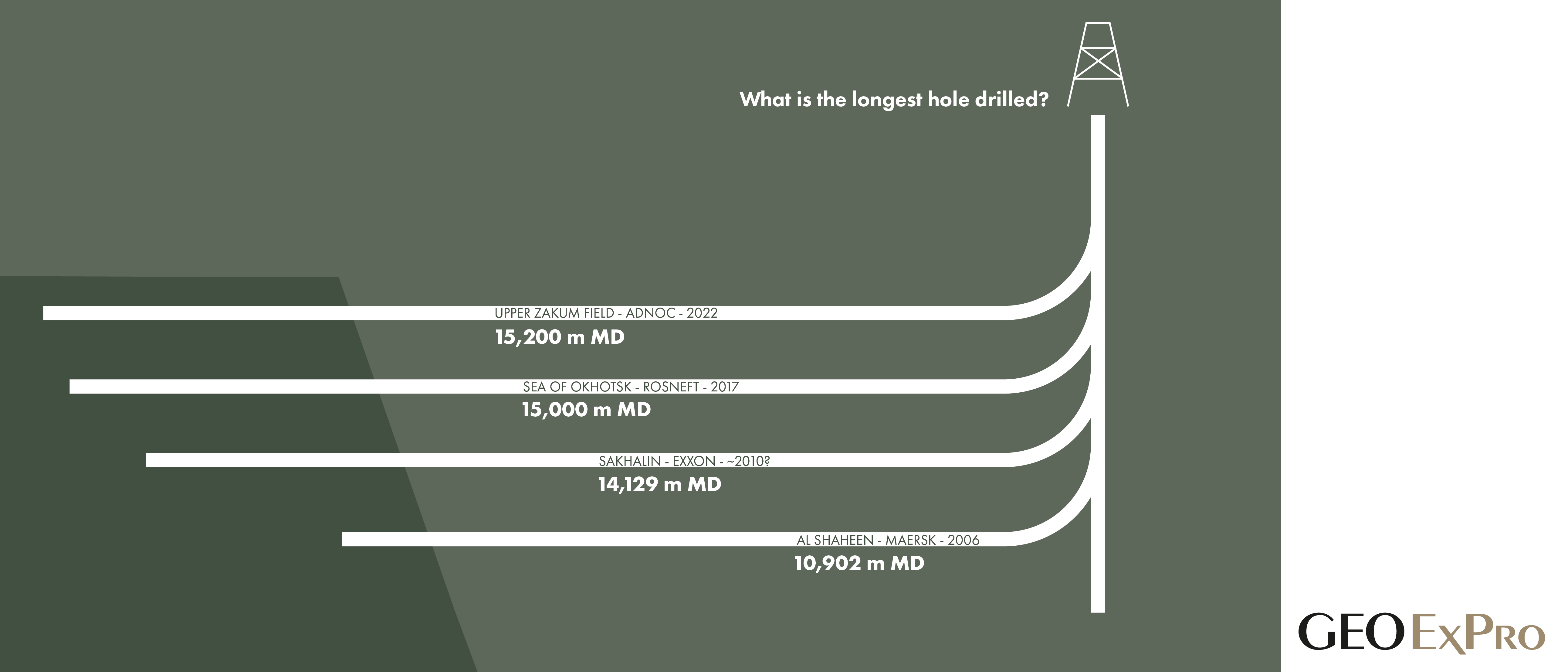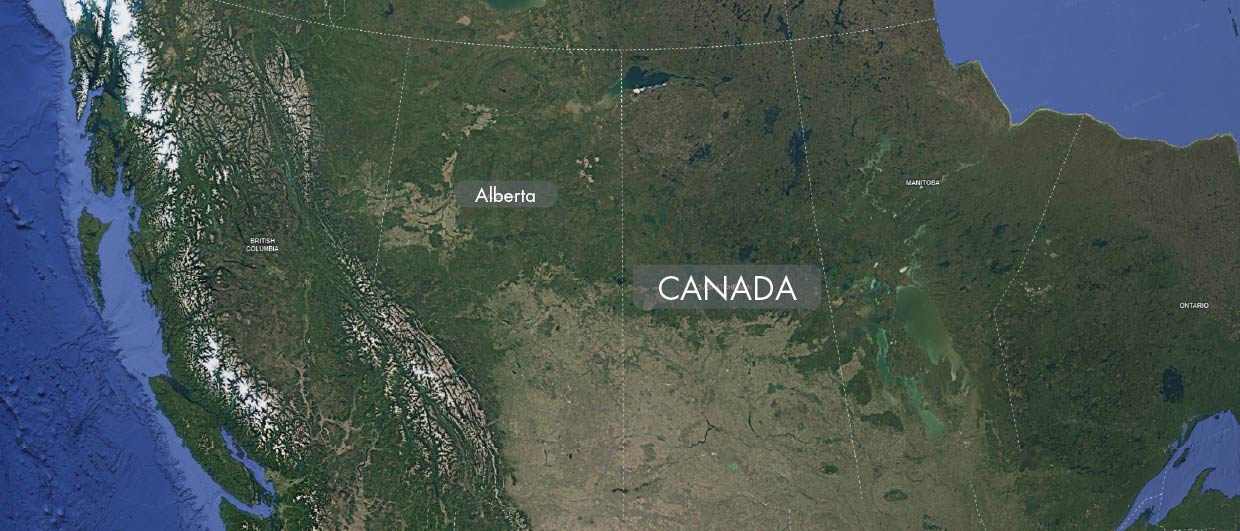The Canadian oil sector has changed dramatically in a matter of 20 years. Back in the early 2000’s, vertical drilling was very much common good, but these days, you would be hard pushed to see someone drilling straight down. “I would be utterly surprised if a client proposes drilling a vertical well,” said a representative from a wellsite geology company at the Geoconvention Conference last week.
Directional drilling, as well as related completion technologies, have become a Canadian expertise. This has not only changed the domestic market, but it is also finding its way abroad.
I already discussed the implications of this new way of working on the demand for well site geologists. Another effect of technological advancement is the disappearance of the bit boy, as someone shared with me at the conference. Back in the days, people would be driving from drilling rig to drilling rig in pick-up trucks, selling bits directly to drillers on site. This was all in times when around 6 bits were required to complete a well. Nowadays, PDC bits have a much longer lifespan, which means that the bit boy business has dried up. Technology has its downsides too.
However, on the other hand, the development of (horizontal) drilling technology has also led to Canada being an exporter of this expertise.
Bankers applied horizontal drilling in Albania in the recent past, further developing one of Europe’s largest oil fields. Currently, Parex and Arrow are drilling horizontal wells in Colombia, and Gran Tierra is planning the same in Ecuador. Tenaz, which has multilateral experience in Canada, is currently planning more “conventional” wells offshore in the Netherlands, but they could benefit from their drilling expertise developing tight gas plays in the slightly longer term. In addition, Horizon Petroleum is considering horizontal wells in its licences in the south of Poland. These licences are situated in the Carpathian foreland basin, in Devonian carbonates, which must sound familiar to people who have worked in the Western Canada Basin. Finally, having experience drilling multilateral wells in Saskatchewan, Sonoro is currently looking for new acreage in the Middle East or North Africa.
At the same time, some companies use the Canadian oil patch as a training ground first, with the aim to then export the learnings. Alvopetro, a company that operates a couple of gas fields onshore Brazil, recently acquired some acreage in Saskatchewan where it will develop an accumulation through horizontal drilling technology. The plan is to subsequently export this to Brazil, where there are plenty of opportunities along the same lines, according to someone from the company I spoke to at the conference.
And it is not only drilling expertise that is exported; it is also the know-how of operating in a fold and thrust belt. I spoke to a geoscientist who worked in Colombia for some years, who told me that he had been in Calgary many times. He attributed that to the fact that in both places, production is coming from foothills geology.
This article benefitted from input by Calin Dragoie from Chinook Consulting Services in Calgary



